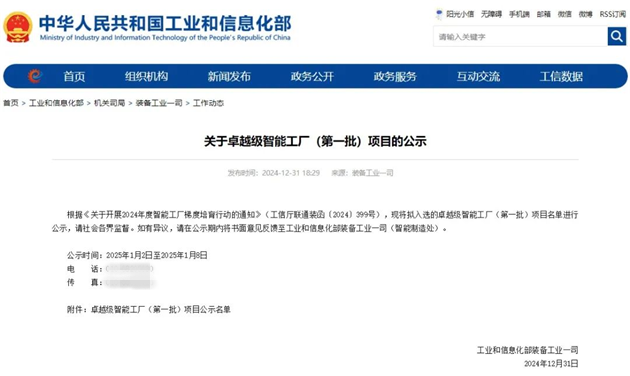Chinese provinces plan to support emerging, future industries in 2024

A drone carrying seafood takes off from Nan'ao Shuangyong Pier in Shenzhen, South China's Guangdong province, Feb 5, 2024. [Photo/Xinhua]
BEIJING - Numerous Chinese provinces have mapped out blueprints to beef up support for tech-intensive industries and foster new growth momentum or "new productive forces" that feature innovation, high-quality and advanced productivity.
In their annual government work reports delivered at this year's local "two sessions," regional policy-makers unveiled clear signals on where China's economic landscape will be shifting in the years to come.
Many provinces have highlighted the production of new energy vehicles (NEVs), which is among the fastest growing sectors in the country, as one of their major industrial goals.
Beijing, Chongqing and Guangdong intend to upgrade the industry chains of key NEV components including motors, batteries, electronic controls and vehicle-grade chips.
To make electric cars smarter, Shanghai aims to take a leading role in national pilot programs for smart networked vehicles or higher-level autonomous driving.
Among the emerging industries the country's provincial policy-makers listed in their work reports are semiconductors, new-type energy storage, new materials, bio-manufacturing, smart grid, ultra HD video displays, commercial spaceflight, and low-altitude economy.
More energy storage facilities featuring next-generation battery technology are projected to be built in Anhui and Guangdong to facilitate the utilization of growing renewable power amid the country's efforts to pursue low-carbon development.
China's installed new-type energy storage capacity had reached 31.39 gigawatts by the end of 2023, according to the National Energy Administration.
Guangdong has also emphasized building itself into a "high ground" of low-altitude economy in the Guangdong-Hong Kong-Macao Greater Bay Area. The southern Chinese province aims to explore new aviation scenarios in urban transportation, emergency rescue and logistics, which will be supported by a low-altitude unmanned sensing system.
Meanwhile, in Southwest China's Sichuan province, the development of electric vertical takeoff and landing aircraft is currently in the pipeline.
Multiple provincial-level regions have pledged to break tech bottlenecks in order to tap new growth potential.
Shanghai has formulated a plan to vigorously develop home-grown, self-controllable industrial software and operating systems. Meanwhile, in Anhui, support will be provided for dynamic random access memory (DRAM) and display panel industries as part of the new-generation information technology sector.
Beijing has vowed to make breakthroughs in semiconductor technology, such as optoelectronic integrated circuits and core-grain tech. Chongqing intends to increase its investment in the research and development of chip design, packaging and testing, as well as the equipment and materials used for semiconductors.
Hubei province in Central China wants to develop high-end artificial intelligence chips, intelligent machine tools and advanced medical equipment.
Some provincial plans have included the building of pilot zones focused on future industries such as quantum tech, 6G, life science, artificial general intelligence (AGI), and humanoid robotics.
In addition to incubating enterprises in new industries, local governments have also set out to make traditional sectors smarter, more digitalized and more eco-friendly.
Many provincial-level governments have drawn up projects to promote intelligent and digital know-hows in the manufacturing industry, and not a few are planning to build green plants and industrial parks bolstered by low-carbon supply chains.
特别提醒:如果文章内容、图片、视频出现侵权问题,请与本站联系撤下相关作品。
风险提示:纵横网呈现的所有信息仅作为学习分享,不构成投资建议,一切投资操作信息不能作为投资依据。本网站所报道的文章资料、图片、数据等信息来源于互联网,仅供参考使用,相关侵权责任由信息来源第三方承担。
本文地址:











